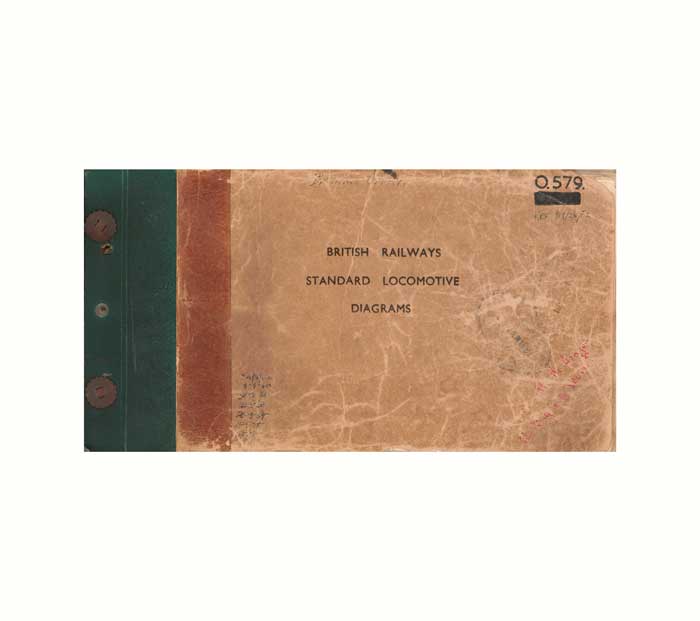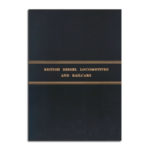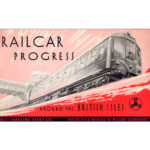Description
For the full story of the weak management, political infighting and personal arrogance, which led to the disgraceful expenditure of tens of millions on these largely unnecessary locomotives, see Gourvish, Terry British Railways, 1948-73: a business history. 1986. This is an account untainted by the rose tinted spectacles of a steam locomotive enthusiast.
Briefly the organisation of Nationalised Transport was badly thought out. Transport was to be placed under the umbrella of a British Transport Commission charged with co-ordinating the various forms of transport (railways, road haulage, ports etc.) each to be run by an “Executive”. The privately owned railways already owned ports (Southampton, Immingham, Hull etc.) road haulage companies (eg Pickfords) and had substantial holdings in bus companies, particlarly in Wales the North of England and Scotland – activities which, without outside interference they successfully and profitably integrated with a view to providing a “joined up”. The first action of the government, partly as a result of Trades Union pressure was to destroy the measure of integration so far achieved by taking ports and road haulage away from the Railway Executive and forcing the disposal of bus company shares. Worse, the hotels, station refreshment rooms, and on-train catering were transferred to the Hotels Executive, depriving the railways of a useful revenue stream and of control over one of the most important factors affecting the quality of a passenger’s journey.
I met Lord Inman, first chairman of the Hotels Executive on two or three occasions in the late 1960’s when he was President of the Knaresborough Civic Society and I was Chairman. I asked him why on earth such a bad decision had been taken. At first he was reluctant to say anything but eventually after explaining that everything had to be done in a rush, he admitted that there was “an element of class hatred and envy” in the decision. The rail unions claimed that the hotels were an expensive “perk” run largely for the benefit of railway managers and officers who enjoyed substantial discounts. “Old Labour” held that in an age of austerity a state owned railway had no business running luxury, sharing food depot, wine and beer cellars bakeries and even laundries was not realized until too late and there was no time to do anything about it. Passengers would pay the price for years in poor service and high prices.
Similar stupidities pervaded the Nationalisation project from the start. In two World Wars, the Railway Executive Committee under the leadership of two outstandingly talented railway men (Sir Herbert Walker in the Great War, Sir James Milne in WWII) had run the countries railways supremely well with no interference from above. If the formula could be repeated in peace time, all would be well. Sadly failure was inbuilt from the start with the imposition of the Transport Commission, essentially the “Enforcer” for the Civil Service and government policy placed above the Executive charged with actually running the railway. The result was to be an interminable series of “Turf Wars.” R.A. Riddles effectively Chief Mechanical Engineer of British Railways was quite dogmatic in his contentions that the capital cost of mainline electrification would never be met in his working lifetime, diesel-electric locomotives were too heavy with currently available power plant, too expensive and reliant on imported fuel and too expensive at first cost compared with steam. His policy would be to equip British Railways with a modern fleet of12 standard classes of steam locomotive with a life expectancy of around 30 years. A policy loudly applauded by the NUM who put pressure in the government to approve the plan. Many of the designs were misconceived, there being perfectly adequate and cheaper alternatives amongst recent builds from the LMS and the LNER. The desired objective of all-system availability, and interchangeability of spare parts proved largely illusory and as this booklet shows, the “12 standard classes” required no less than 28 diagrams by 1960 to cover the variations to date. Riddles was unrepentant. The very week that the Commission ordered the first of the “Derby Lightweight” DMUs, he was demanding additional funding to develop a “modern” system of steam push-pull operation.
“ As Riddles has observed, ‘fortunately for me those other boys were so engaged on their own jobs that I could simply say to the Executive, “I’m going to do this” and I did it . . . I think we were left a lot to our own devices’” -Gourvish p.54
PREVIEW BELOW – MAY TAKE A WHILE TO LOAD.




Reviews
There are no reviews yet.